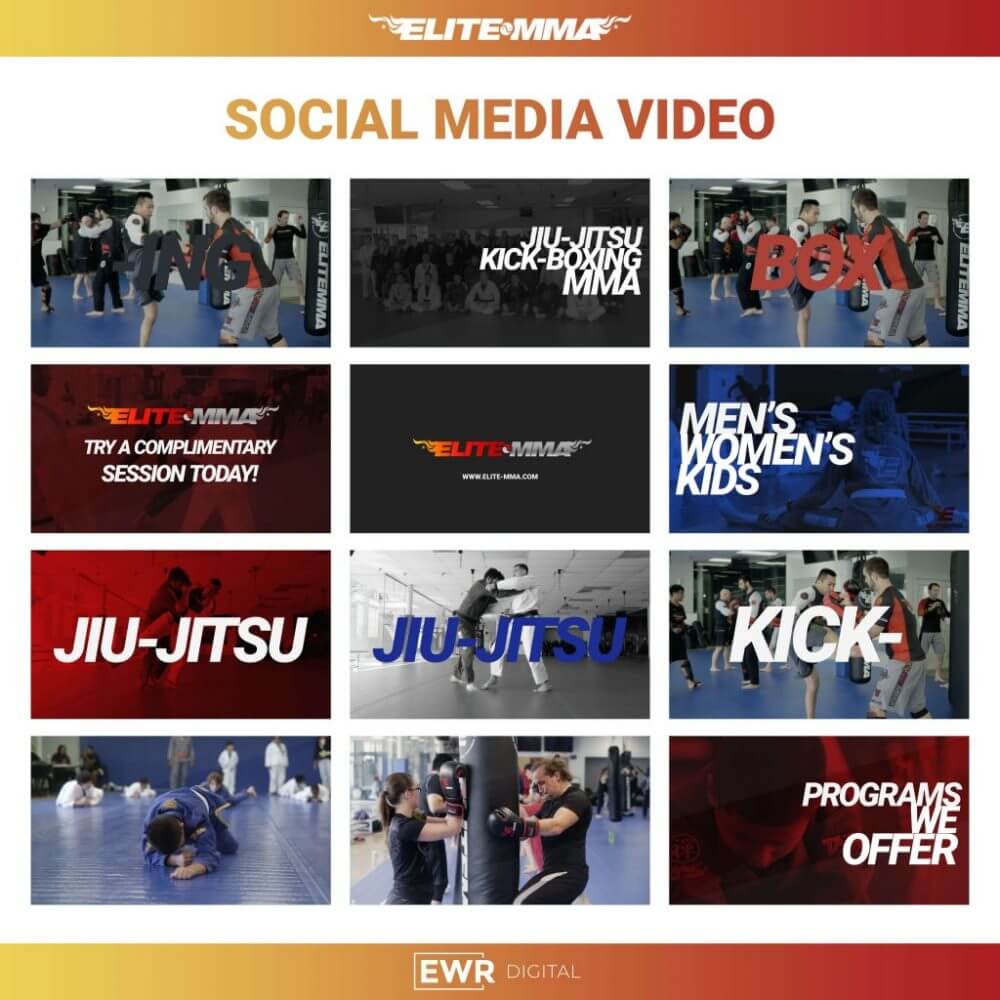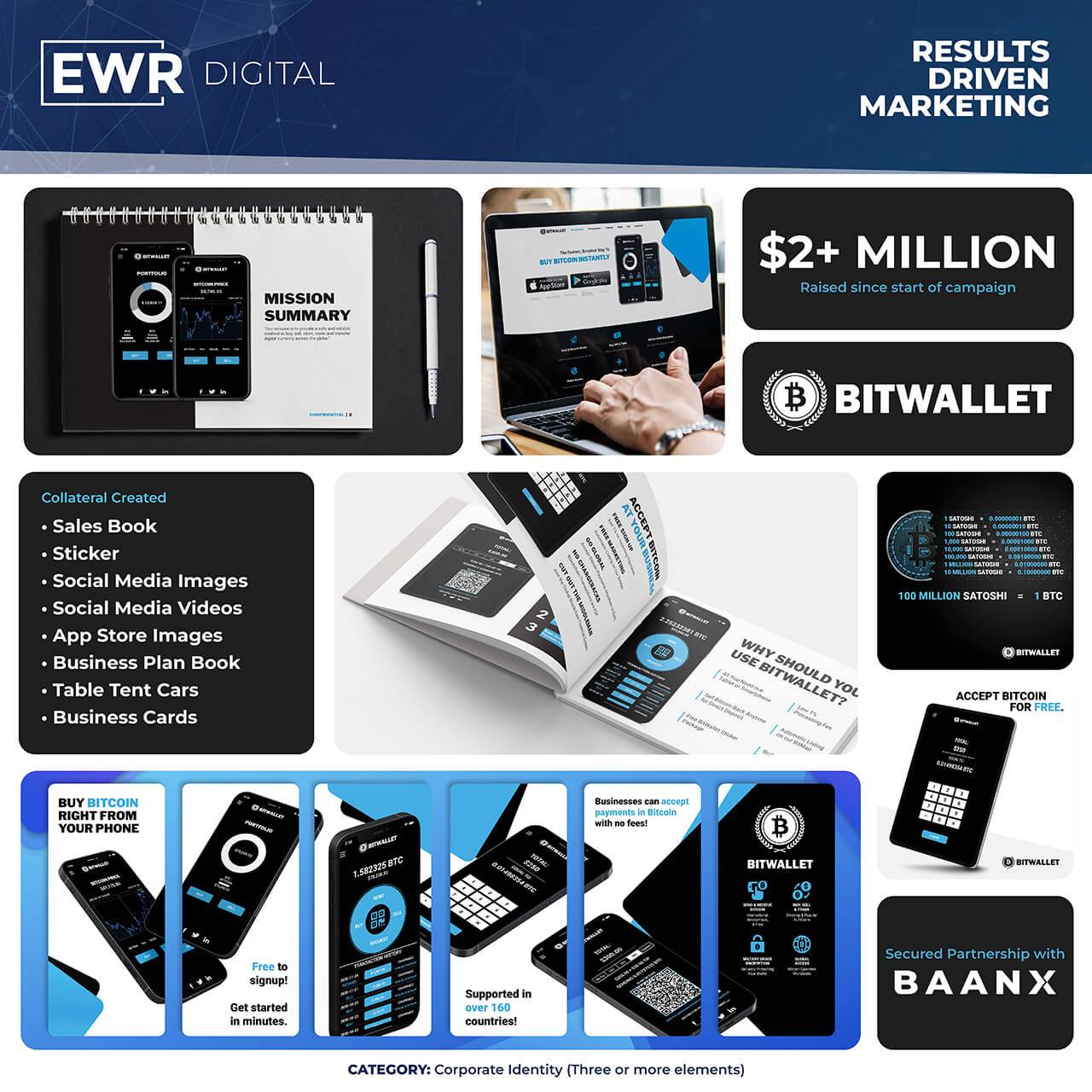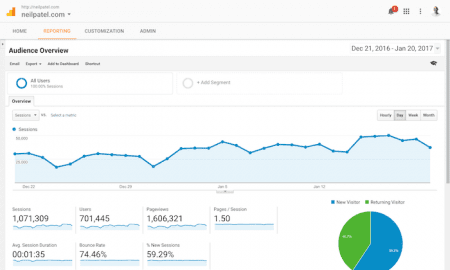
HOW TO MEASURE THE IMPACT OF BRAND STORYTELLING
The ultimate question is, how does your brand get attention and stand out? Why do some companies remain top of mind for you, always in the news, and usually your first choice — while others are forgotten or perhaps on the decline?
“The most powerful person in the world is the storyteller. The storyteller sets the vision, values, and agenda of an entire generation that is to come.” – Steve Jobs
The answer is: prolific and specific storytelling. Brands are increasingly turning to storytelling to forge meaningful connections with their audience, and yours should, too! Your brand story is the key to you having a never-ending supply of almost-newsworthy content that gets attention and is memorable.
WHAT IS YOUR BRAND STORY?
A story is a sequence of events: a beginning, middle, and end. When video sales letters were new, it seemed like almost every web page loaded a video with a stick figure saying, “This is Bob. Bob had (this problem). Bob discovered (our solution). Now Bob has (this result).” I remember being annoyed at this repetitive formula, but it worked!
Human minds think in stories. Are your most vivid memories facts, bullet points, lists? Or are they stories? I once visited the grocery store and needed to remember a list of items to buy. I imagined a carton of eggs knocking a gallon of milk off the shelf and onto the floor, then the milk spilled and soaked into a loaf of bread. In other words, I linked the information to a story in my mind to make it memorable. This is what you should be doing in your content marketing: storytelling! Entertain or teach in a way that captures interest and imagination.
We’ve established that a story contains a beginning, middle, and end — problem, agitation, solution. This already sets you up for success because you can focus on each individual piece — your attention-getting hook, conflict, and resolution — improving the weakest of the three. Your story includes a setting (where something happens), plot (what happens), and theme (the main idea or message).
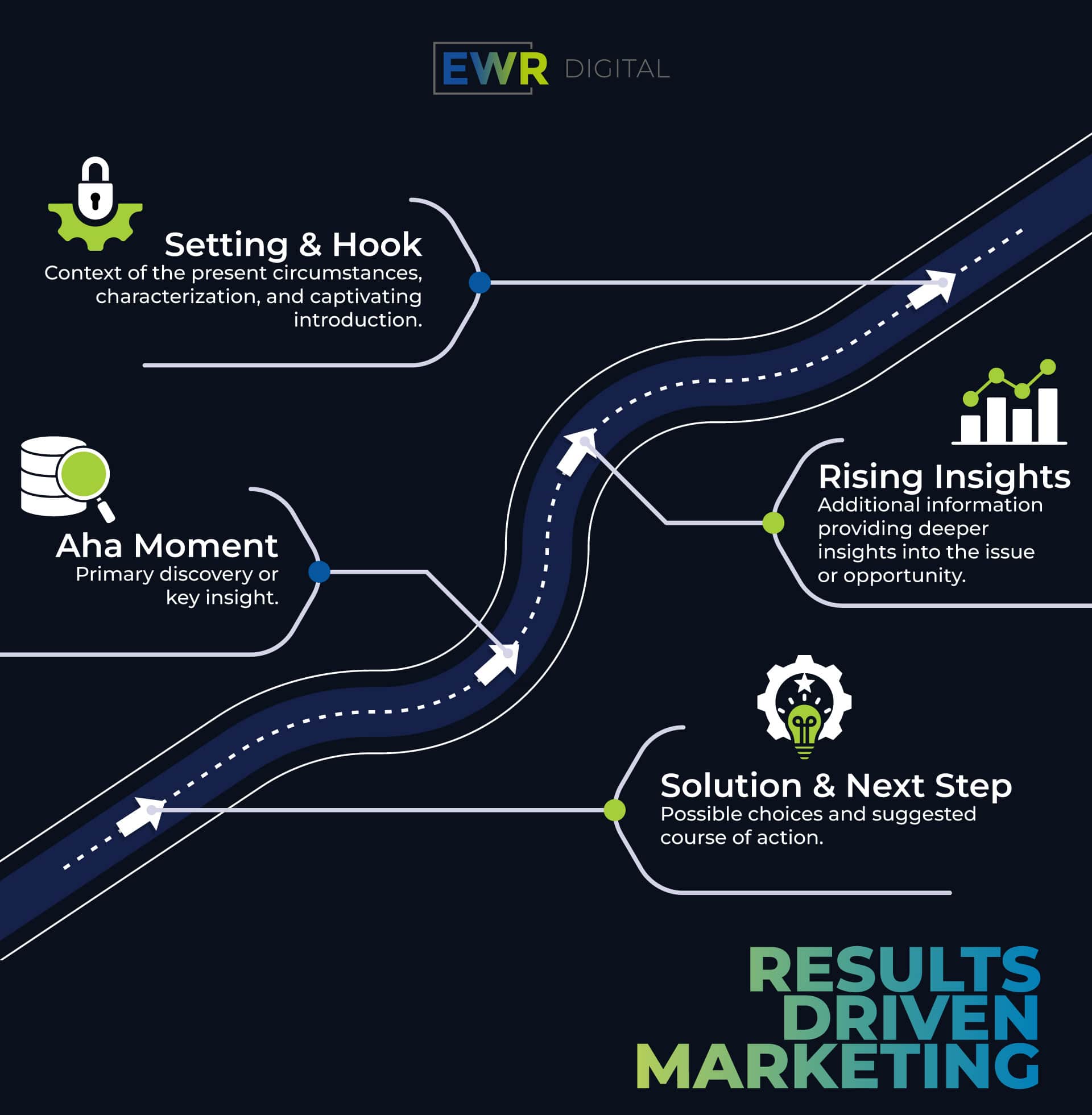
HOW TO CREATE A STORY FOR YOUR BRAND
Although you will tell different stories of many lengths about your brand and your customers, the goal is to go on an adventure with growth and emotions along the way. Consider some introspective, probing questions about your brand such as the following:
- What is the origin of your brand? How and why was it founded, and what was it like in the early days? What were those initial struggles?
- What core values drive your brand? What is your mission and vision? What are your long term goals?
- What makes you unique? How do you solve problems differently than others?
- Who are your customers? What are their pain points? What stories can you share about specific people you have helped? What lives have you changed?
- Who are the employees (the people) behind your brand? What is the company culture like? Tell me about the backgrounds, contributions, and celebrations of various successes.
- What causes do you support? How do you help your local community? How have you made a positive impact?
- How have your products developed over time and what lessons did you learn along the way? What is coming in the future?
Chances are, at least a few of these questions jumped out at you as a prompt you could immediately answer, or perhaps one inspired you to pursue a path for the next six months to make some bold story-worthy actions in your business.
TYPES OF STORIES TO ATTRACT, KEEP, AND CONVERT YOUR AUDIENCE
Instead of bombarding your consumers with boring ads, you should join the brand storytelling “revolution” of companies weaving narratives around their brands. These tap into emotions, values, and experiences. They paint vivid pictures of how your products fit into people’s lives, making them the heroes of their own stories.
EWR Digital has helped many brands uncover their stories, from an MMA training facility, cryptocurrency company, pool service contractor, and so many others. In some cases, the story is there — you just have to develop it. Once you begin posting stories and thinking in stories, you’ll think of even more exciting messages.
We consider brand stories to fall in one of these five categories:
STORY CATEGORY #1: CORE VALUES (ORIGIN, MISSION, AND VISION)
We worked with cryptocurrency platform BitWallet, who faced challenges securing funding and enhancing its market position. They needed to position themselves as a market leader and demonstrate widespread adoption of their services.
We created content to serve two key audiences: early adopters (focusing on the benefits of the BitWallet system, ease of use, and innovation) and investors (using visual elements like charts and infographics to make the information easily digestible). BitWallet’s revamped brand presence raised over $2 million in funding and secured a partnership with Baanx, expanding their business by accepting new alt-coins. The improved visual consistency and enhanced marketing materials demonstrated the power of a well-executed brand strategy.
STORY CATEGORY #2: PEOPLE (CUSTOMERS, EMPLOYEES, COMMUNITY, AND CAUSES)
MyVitalC needed us to rapidly grow its business and launch a new product extension (SIngle Shot) with a very limited budget of less than $4,000. Traditional advertising channels were not viable. We needed to achieve significant market penetration and differentiate their offer in an already crowded marketplace.
EWR Digital identified podcast appearances as a cost-effective way to reach a large audience. They created a one-page pitch sheet and trained an EWR staff member to pitch Chris Burres, MyVitalC’s owner, to top podcasts. The strategy focused on securing appearances on popular shows with large followings. We developed a compelling narrative for Chris to share, focusing on the benefits of this new product — leveraging Chris’s expertise and charisma to build trust and interest.
We booked Chris on 13 podcasts, including the highly influential Dr. Gundry podcast, which also had a significant YouTube following. The podcast campaign transformed a $3,600 budget into $234,000 in revenue. Monthly sales for the new product increased from ~$4,000 to ~$12,500 following the campaign, with total sales of all products rising from ~$18,000 to ~$57,000 per month. All from personality-based marketing and storytelling, leveraging podcast appearances for product launches.
STORY CATEGORY #3: PROCESS (CHALLENGES, SOCIAL PROOF, AND BEHIND-THE-SCENES)
Red-D-Arc Welderentals, part of Airgas, faced a tough challenge with launching their new product, the BotX Robotic Welder. It was designed to tackle the labor shortages in manufacturing due to the dwindling number of skilled welders, and they needed to change perceptions about the cost and complexity of robotic welding.
They wanted to raise awareness of the BotX Robotic Welder, demonstrate how it solves labor shortages, highlight its user-friendly design — then drive rentals, leases, and sales.
At EWR Digital, we focused on Facebook and a dedicated BotX landing page, knowing that’s where potential buyers would start their research. We created eye-catching ads for Facebook, LinkedIn, YouTube, Google Display, and Google Search to drive traffic to the landing page. We developed and tested multiple versions of the landing page and lead capture forms to maximize conversions.
A smart, data-driven marketing campaign strategy can overcome industry challenges and achieve success. By addressing specific pain points and continuously optimizing based on real-time data, we helped Red-D-Arc launch the BotX Robotic Welder and make a significant impact in the manufacturing industry. It highlights the importance of strategic planning, detailed execution, and adaptability in achieving business goals and driving growth.
STORY CATEGORY #4: PRODUCT (CUSTOMER EXPERIENCE, AND INNOVATION)
Critter Control, a nationwide wildlife removal company, wanted to enhance its brand visibility and customer engagement through video content on YouTube. Their existing YouTube channel had minimal activity, with only two videos uploaded over five years. The challenge was to create and implement a video strategy that could effectively communicate their services and expertise to a broader audience.
We helped Critter Control create a series of engaging videos to promote their brand and address common customer concerns about wildlife removal. EWR Digital devised a comprehensive video content strategy that included a Critter Control Commercial (highlighting services, the wildlife handled, and the customer journey), Our Process (an in-depth guide explaining what to expect when contacting Critter Control), FAQs (eight videos answering the most common customer questions), and Homeowner Guides (two videos offering advice on dealing with specific wildlife issues, like rat removal).
These videos provided valuable content to Critter Control’s target audience, enhancing their brand presence and customer engagement.
STORY CATEGORY #5: EDUCATION AND EVENTS (TUTORIALS, ACHIEVEMENTS, AND MILESTONES)
Manning Pool Service needed to modernize their outdated website, built on an obsolete framework. They needed a visually appealing and flexible website that would maintain their high search engine rankings and support their digital marketing strategies.
EWR Digital used the WordPress Divi Theme Builder to create wireframes and mockups for all major pages, ensuring a fully responsive design that met current standards like large header text, ample imagery, and proper use of white space.
To prevent any drop in SEO keyword rankings, the initial launch involved a “re-skin” of the existing website, maintaining the same URLs and content. This approach ensured Google recognized the website as unchanged during the transition.
After Google indexed the new website, EWR Digital updated the layout and content of key pages to enhance user experience and engagement.
The new website led to a 52% increase in organic traffic year over year, a 10% decrease in bounce rate, a 58% increase in page views, and a 45% increase in average session duration. Manning Pool Service also experienced an improvement in keyword rankings, maintaining top positions for local searches and seeing an increase in overall website conversions.
WHY IS BRAND STORYTELLING IMPORTANT
As you can see, you can take different approaches to your storytelling, and you can “double-dip” — showing the “change” both your company and your clients make. Brand storytelling is about authenticity, consistency, and resonance. It’s about building trust and forging lasting connections with your audience. This goes beyond traditional advertising. With social media, blogs, videos, and podcasts, companies have more opportunities than ever to share their stories and engage with their audience on a deeper level.
Standing out is tougher than ever, and brand storytelling is your secret weapon. It helps your brand cut through the clutter, grab attention, and make a real impact on their audience.
When your brand shares authentic stories, you show you’re more than just a faceless company — you get attention and then build trust. Your organization is made up of real people with real stories. Your audience feels like they’re part of something bigger, such as supporting a cause they believe in.
When someone trusts your brand, they stick around — becoming loyal customers, advocates, evangelists. They will market your brand for you. Brand storytelling is about creating person-to-person connections, building trust, and making a real impact in people’s lives. And that’s something every brand should strive for.
STATS
Brand storytelling is a powerful tool for creating deep connections with your audience. It builds trust, enhances recall, and influences purchase intent. Here are some key statistics for you to fully understand the importance of story in your branding and marketing:
- Brand Trust: A survey by Edelman found that 81% of consumers need to trust a brand before they buy from it. Authentic storytelling plays a significant role in building trust, with 63% of consumers stating they would buy from a company they perceive as authentic. Source: Edelman Trust Barometer
- Brand Recall: Brand storytelling contributes to better brand recall among consumers. In a study by OneSpot, 92% of consumers want ads to feel like a story, and 56% of consumers believe that the best brands are the ones that tell stories.
- Purchase Intent: Storytelling has a direct impact on purchase intent. Research by Google and Motista found that consumers who feel an emotional connection to a brand are 3 times more likely to repurchase and recommend it to others. Source: Think with Google
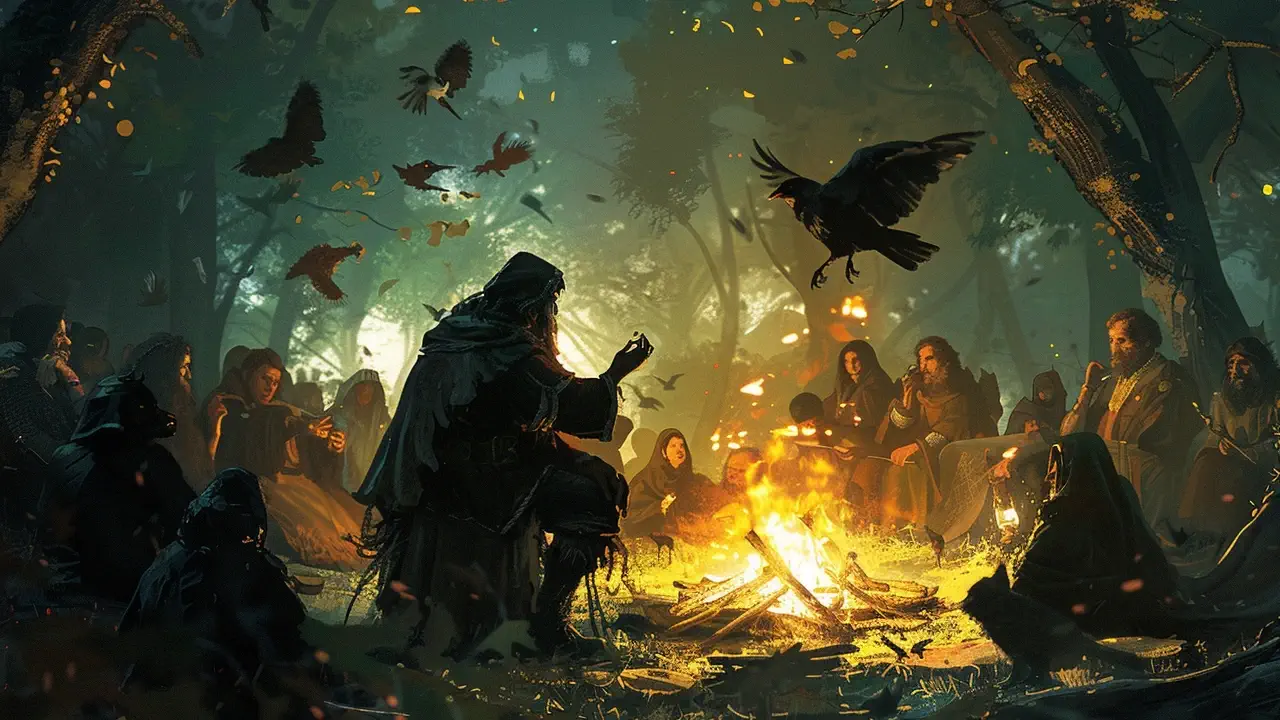
KEY PERFORMANCE INDICATORS (KPIS) FOR BRAND STORYTELLING:
“Storytelling is the most powerful way to put ideas into the world.” – Robert McKee
To measure the success of your brand storytelling, focus on these key performance indicators (KPIs):
- Engagement Metrics: Track likes, shares, comments, and overall interaction with your brand content. High engagement signals an audience that is actively connecting with your story.
- Brand Mentions and Sentiment Analysis: Monitor social media, reviews, and online mentions to gauge how your brand is being discussed. Sentiment analysis tools can provide insights into the emotional tone associated with your brand.
- Conversion Rates: Analyze how your storytelling impacts conversion rates. Are customers taking the desired actions after engaging with your narrative?
- Audience Reach and Impressions: Measure the reach of your brand story across various channels. The broader the reach, the more likely your narrative is resonating with a wider audience.
Tools and Methodologies for Tracking and Analysis:
Use the proper tools and methodologies to track and analyze the impact of your brand storytelling:
- Google Analytics: Use Google Analytics to track website traffic, user behavior, and conversions. Set up custom dashboards to specifically monitor the performance of pages or campaigns tied to your brand storytelling.
- Social Media Analytics Tools: Hootsuite, Sprout Social, and Buffer provide in-depth insights into social media performance. Track the reach, engagement, and sentiment of your brand storytelling across different social channels.
- Surveys and Feedback Forms: Direct feedback from your audience is invaluable. Use surveys and feedback forms to gather qualitative data on how well your brand story is resonating and areas for improvement.
- Heatmaps and User Journey Tools: Crazy Egg and Hotjar visually represent how users interact with your website. Analyzing heatmaps helps you understand which parts of your brand story are capturing attention and where users may be disengaging.
Success with brand storytelling requires a compelling narrative and the ability to measure impact. Storytelling is not a one-off event — it’s your continuous process of creation, measurement, iteration, and experimentation.
This showcases our portfolio and some of our work and cases studies that incorporate these key performance indicators and leverage advanced tracking tools. Refine your brand storytelling strategy to ensure it works with your audience. Keep crafting, measuring, and refining your stories to build lasting connections and drive meaningful results.
At EWR Digital we are are full service integrated digital marketing and web design and development agency in Houston for over 25 years!
ADDRESS
13105 Northwest Fwy, Suite 765
Houston, Tx 77040
PHONE
713-592-6724 (We would prefer you schedule a free consultation)
OPEN HOURS
Fri: 9:00 – 5:00

